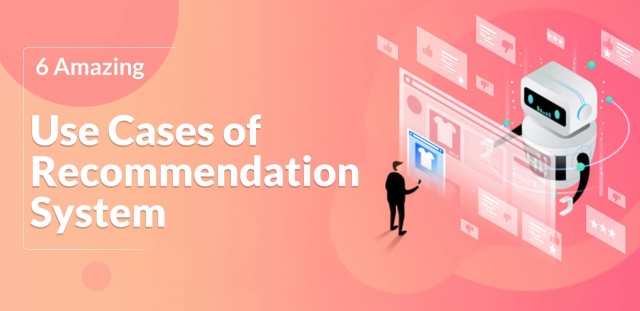
1500x728 |
640x311 |
120x58 |
75x75
 siterecommendation21
Image
Posted Jul.1st, 2024, viewed 98 times
siterecommendation21
Image
Posted Jul.1st, 2024, viewed 98 times
Evolution of Site Recommendations: Trends and Best Practices
The internet is a vast and ever-growing repository of information, with countless websites vying for user attention. As a result, the importance of effective site recommendations has become paramount for businesses and platforms looking to retain users and enhance their browsing experience. This article explores the evolution of site recommendations, the underlying technologies, trends, and best practices that have shaped and continue to influence this field.
Early Days of Site Recommendations
In the early days of the internet, site recommendations were often rudimentary, relying on manual curation and simple algorithms. These early systems primarily used basic user interaction data, such as page views and clicks, to suggest content. The recommendations were often generic and lacked personalization, resulting in a one-size-fits-all approach.
Manual Curation
Manual curation was the primary method of site recommendations in the beginning. Editors and webmasters selected content they deemed relevant or popular, presenting it to all users. While this method had some success, it was labor-intensive and failed to cater to individual user preferences.
Simple Algorithms
As technology advanced, simple algorithms were introduced to automate recommendations. These algorithms used basic metrics like most viewed or most clicked articles to suggest content. However, they still lacked the ability to understand and adapt to individual user behaviors and preferences.
The Rise of Personalization
The concept of personalization revolutionized site recommendations. With the advent of machine learning and data analytics, it became possible to tailor recommendations to individual users based on their unique browsing habits and preferences 에볼루션사이트 추천.
Collaborative Filtering
Collaborative filtering emerged as a significant breakthrough in personalization. This technique identifies patterns in user behavior by analyzing the actions of similar users. There are two main types of collaborative filtering:
User-based Collaborative Filtering: Recommends items that similar users have liked.
Item-based Collaborative Filtering: Suggests items that are similar to ones the user has interacted with previously.
Content-Based Filtering
Content-based filtering focuses on the characteristics of the items themselves rather than user interactions. By analyzing the content of the items (such as keywords, categories, or tags), this approach recommends similar items to what the user has shown interest in.
Hybrid Models
Modern recommendation systems often combine collaborative and content-based filtering to leverage the strengths of both approaches. These hybrid models provide more accurate and diverse recommendations by considering both user behavior and item characteristics.
The Role of Big Data and AI
The explosion of big data and advancements in artificial intelligence (AI) have further transformed site recommendations. These technologies enable the processing and analysis of vast amounts of data in real-time, leading to more accurate and dynamic recommendations.
Real-Time Personalization
Real-time personalization uses AI algorithms to adapt recommendations instantaneously based on the latest user interactions. This ensures that the recommendations are always relevant and up-to-date, enhancing user engagement and satisfaction.
Deep Learning
Deep learning, a subset of AI, has significantly improved the accuracy of recommendation systems. By using neural networks to model complex patterns and relationships in data, deep learning algorithms can make highly precise recommendations. These models can also learn and adapt over time, continually refining their suggestions.
Natural Language Processing (NLP)
NLP has enabled recommendation systems to understand and analyze textual data, such as user reviews, comments, and search queries. By extracting meaningful insights from this unstructured data, NLP enhances the ability of recommendation systems to match user preferences with relevant content.
Trends in Site Recommendations
The field of site recommendations is continuously evolving, with several emerging trends shaping its future.
Context-Aware Recommendations
Context-aware recommendation systems consider the context in which a user interacts with a site, such as time of day, location, or device used. By understanding the context, these systems can provide more relevant and timely recommendations.
Cross-Platform Integration
With users accessing content across multiple devices and platforms, there is a growing need for seamless cross-platform recommendation systems. These systems track user interactions across different platforms to provide consistent and coherent recommendations, regardless of the device used.
Community Critique
This work has not yet received a critique from members of the Drawspace community. Check back soon!